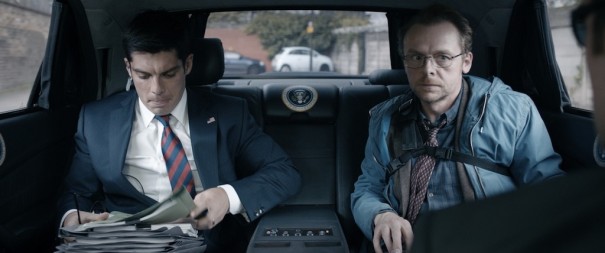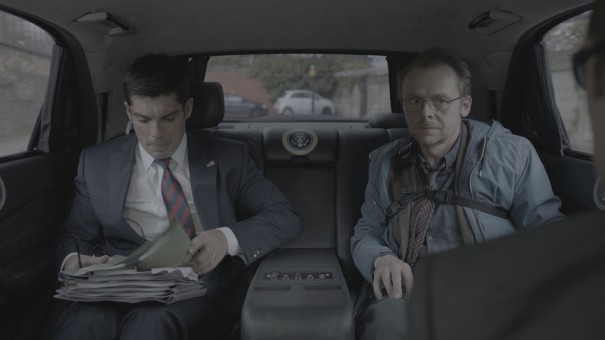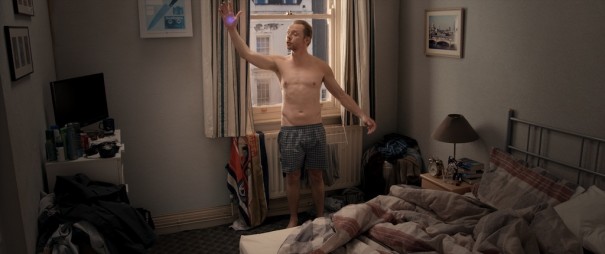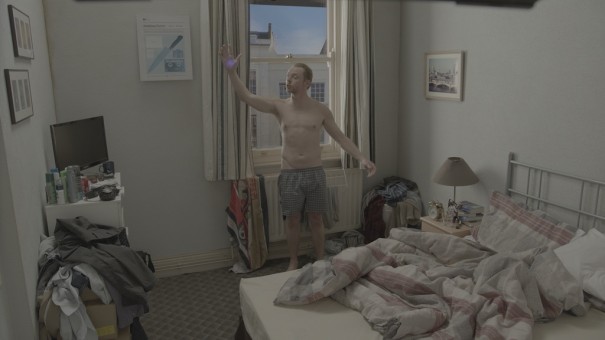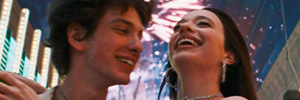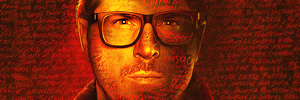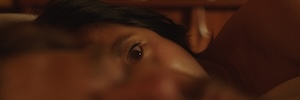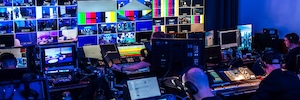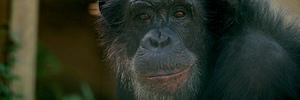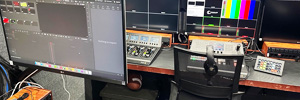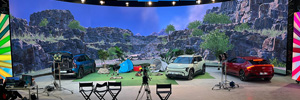Terry Jones etalona su última película, ‘Absolutamente cualquier cosa’, con DaVinci Resolve
El objetivo a la hora de etalonar esta nueva comedia británica de ciencia ficción era crear un aspecto semejante al de una película de 35 mm sin utilizar ni una sola imagen de referencia, de manera que la producción conservara su carácter único.
Dado Valentic, fundador y colorista principal de Mytherapy, ha empleado DaVinci Resolve de Blackmagic Design en el etalonaje de la nueva comedia británica de ciencia ficción Absolutamente cualquier cosa protagonizada por Simon Pegg.
El largometraje, dirigido por Terry Jones (Monty Python) y coprotagonizado por Kate Beckinsale y el fallecido Robin Williams, se centra en la historia de Neil, un frustrado maestro de escuela que descubre repentinamente que posee la habilidad de hacer cualquier cosa gracias a los poderes conferidos por un grupo de alienígenas que lo observan desde el espacio.
Valentic trabajó en estrecha colaboración con el cineasta Peter Hannan para definir la estética del largometraje y participó en la etapa previa a la producción durante un tiempo considerable antes de que comenzara el rodaje.
“Yo crecí viendo Monty Python y sabía que este proyecto no sería una comedia convencional, así que me impuse el reto de desarrollar una apariencia particular para la película que reflejara este concepto. Comenzamos a determinar el aspecto y estilo del largometraje utilizando material de prueba rodado durante la etapa previa a la producción y, una vez que la fotografía principal se puso en marcha, etalonamos desde la primera hasta la última toma”, sostiene Valentic.
El objetivo era crear un aspecto semejante al de una película de 35 mm sin utilizar ni una sola imagen de referencia, de manera que la producción conservara su carácter único.
“Grabamos en formato ARRI RAW con un sensor de fotograma completo porque queríamos aprovechar todos los píxeles que la cámara era capaz de captar en este tipo de archivos. Después recortamos las imágenes, realizamos tomas panorámicas y masterizamos en resolución 2K, dado que se trataba principalmente de una producción teatral”, continuó Valentic. “Todos coincidimos en que el estilo realista que la cámara ofrece en modo REC 709 no funcionaría para este proyecto. Las imágenes tendrían una apariencia demasiado digital y no sería agradable trabajar con ellas. Decidimos indagar de manera más minuciosa en las técnicas colorimétricas de emulación y logramos crear una paleta de colores mucho más claros y ligeramente difusos que se ajustara de mejor manera al mundo que estábamos creando”.
“DaVinci Resolve Studio y su superficie de control son mis herramientas preferidas porque me permiten aplicar principios de colorimetría mediante su estructura nodal única. Gracias a la versatilidad que ofrece el programa, pudimos emplearlo en el set de grabación y en el laboratorio de datos, así como en el proceso de masterización y etalonaje final. El procedimiento de trabajo resultó tan sencillo y fluido que no me imagino cómo habríamos podido finalizar el proyecto sin Resolve”, concluye.
Did you like this article?
Subscribe to us RSS feed And you will not miss anything.



